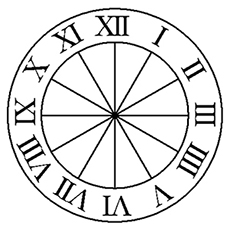
The article explores the mystery behind the use of IIII instead of IV on clock dial plates that use Roman numerals. It discusses a variety of theories on this peculiar notation, including historical influence by Charles V of France and the balanced aesthetic it provides on radial dial plates. The notation IIII can be seen on mechanical turret clocks made before the 17th century and has become conventional in the industry.
Main Points
Origin of IIII notation on clock dials as influenced by Charles V of France.
In the late 14th century, Charles V of France influenced the change from IV to IIII on clock dials, deeming IV as bad luck. This tradition, starting with the clock at Wells Cathedral, England, became conventional.
IIII notation's conventional status due to its balanced aesthetic.
The notation IIII on clocks, particularly mechanical turret clocks made before the 17th century, has remained conventional due to its balanced aesthetic on radial dial plates.
Insights
The notation IIII was conventional in England by the end of the 14th century
The notation IIII was used for the clock at the earliest Wells Cathedral, which was built at the end of the 14th century in England, and has been conventional since then.
IIII notation became conventional due to its balanced look on the radial dial plate design
The most popular theory is that the notation IIII has become conventional in the industry because it looked well balanced on the radial dial plate design and has remained on clocks and watches ever since.

